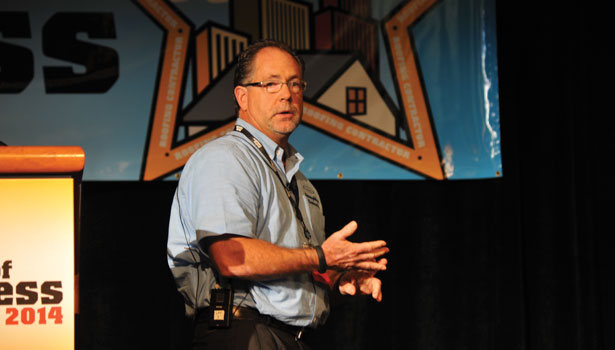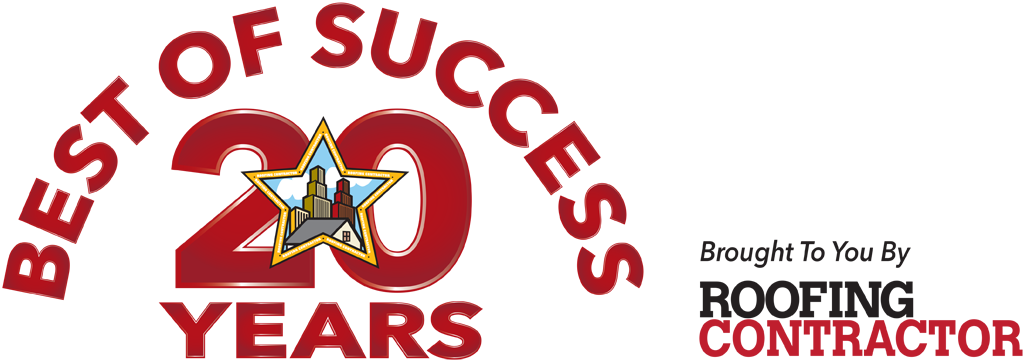Best of Success Seminar: Fall in Love With Your Clients
Tim Hershey

Tim Hershey has been involved in the commercial and industrial roofing industry for nearly 30 years, gaining experience working as a laborer, project foreman, production superintendent and regional vice president before founding his own company, Thoroughbred Contractors in Shelbyville, Ky. During the company’s first 10 years of existence, Hershey and his staff had built an $11 million a year operation, and the forecast for the future was bright. Unfortunately, nothing in his past prepared Hershey to deal with the devastating impact his employees’ drug addiction would have on the company.
Hershey shared his experiences struggling to overcome this difficult period in a presentation titled “How Adversity Set Me Up for Success.” He detailed how the crisis forced all members of the company to pull together and refocus their efforts to regain the company’s momentum while continuing to improve the level of service.
In 2013, Hershey discovered several employees were addicted to oxymorphone hydrochloride, also known as Opana, a powerful prescription pain killer that is notoriously hard to detect. Regular 10-panel drug tests came back negative, but Hershey knew something was amiss. When alternate testing identified the problem, 10 employees had to be let go, including experienced superintendents and foremen. Only then did Hershey realize that within five months, the employees had siphoned more than $100,000 in cash from the company — and those costs were just the tip of the iceberg.
Thoroughbred specializes in difficult commercial and industrial work, and the loss of manpower was critical. “When we suddenly lost 10 key employees in the middle of these long-term projects, things got really hard,” Hershey said. “All 250-plus of our clients are in the private sector, and we realized we could hurt those relationships if we did not provide the level of workmanship and service that they are used to receiving.”
Key employees stepped up to fill the void. “Our only ray of hope was that it created opportunities for other guys,” Hershey said. “The tough part was that not only did we have to get the work done, we had to teach them how to do the job at the same time.”
The changes spurred the management team to reassess all of its processes and procedures. “We reset the way we did everything,” Hershey said, likening it to the re-start of a NASCAR race. “With the new mid-level management in place, we immediately started to see the results.”
As the company successfully tackled job after job, performance improved. “It all started when we learned the difference between a customer and a client,” Hershey said. “A customer is defined as ‘a person or organization that buys goods from a store or business.’ A client is ‘a person who is under the care and protection of another.’ Which would you rather be? I’d rather be a client because I want to be taken care of.”
The insight was crucial. “We drew a line in the sand,” Hershey said. “We didn’t present ourselves as contractors, but as expert advisors — consultants, if you will. We consider all of the people that we work with clients, and never customers.”
Hershey walked attendees though the processes his company uses to help its clients manage their roofing assets. “We’re there for them,” he said. “We help people plan. That’s what we do. From the smallest repair to a multi-year project, we help them prioritize.”
The company also diversified, adding services like siding, ventilation, windows, masonry restoration, daylighting and waterproofing to its arsenal of roofing and building maintenance services. “We make the client the center of attention in everything we do,” Hershey said.
“Our philosophy is that the way to greatness today is to transfer our passion away from our product, our service, our company, and instead fall in love with our clients,” he concluded. “People have trouble. We’re the solution.”
Looking for a reprint of this article?
From high-res PDFs to custom plaques, order your copy today!




